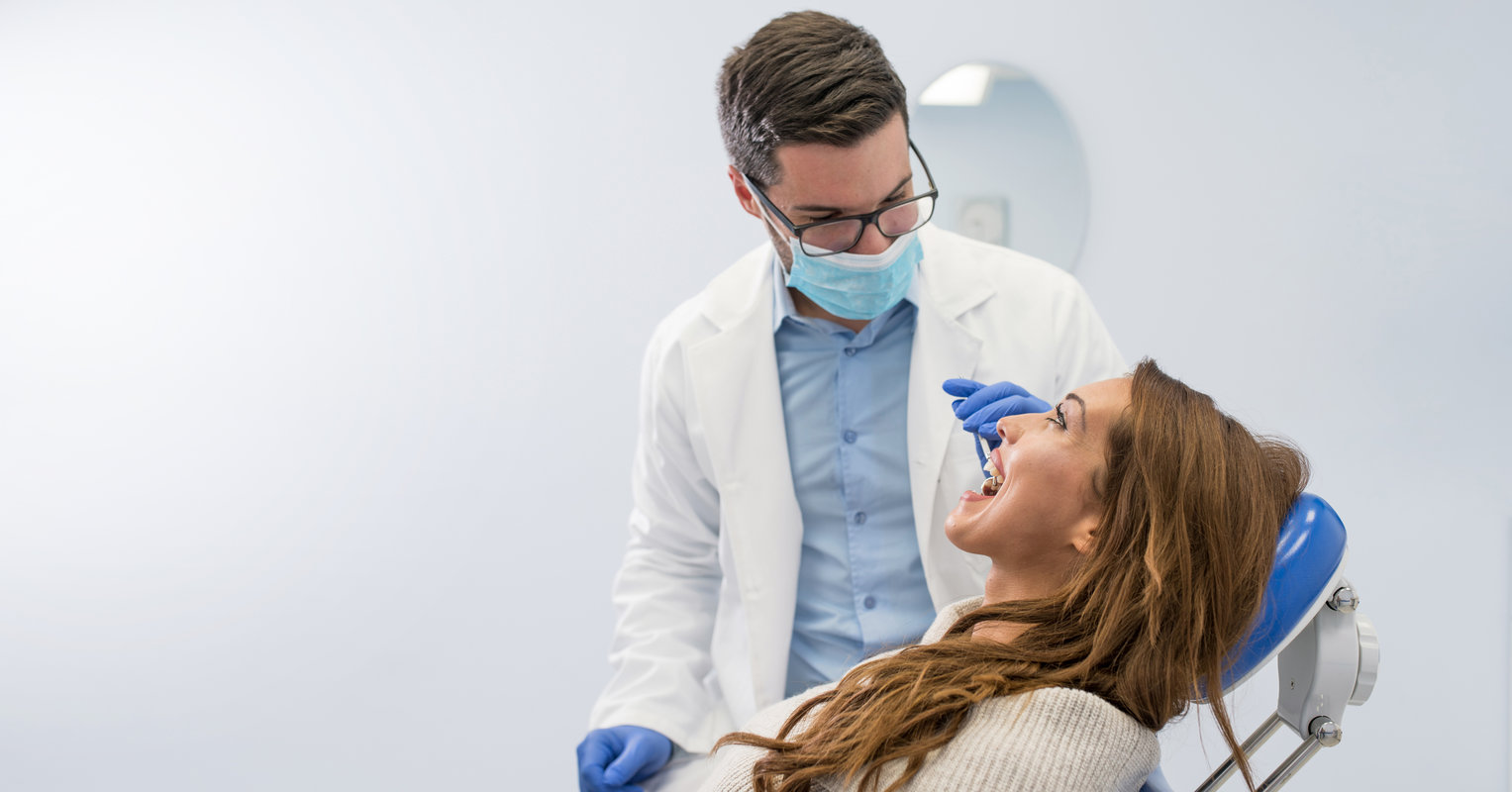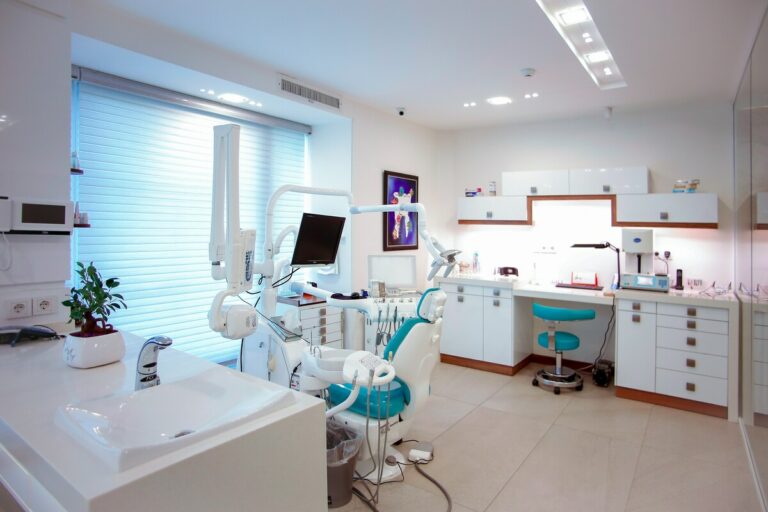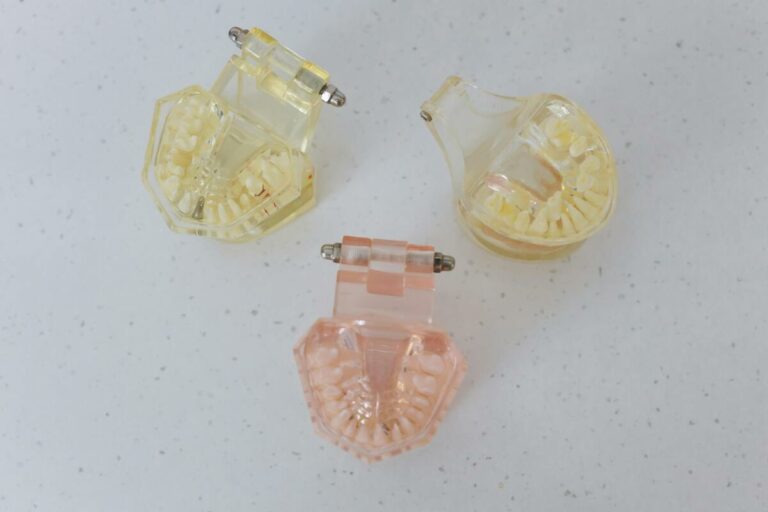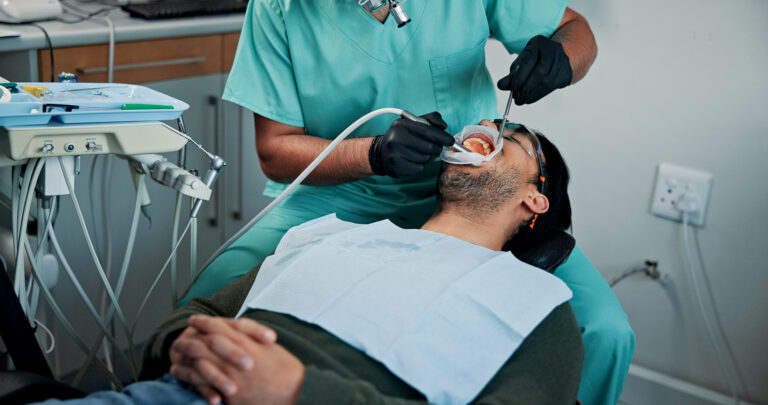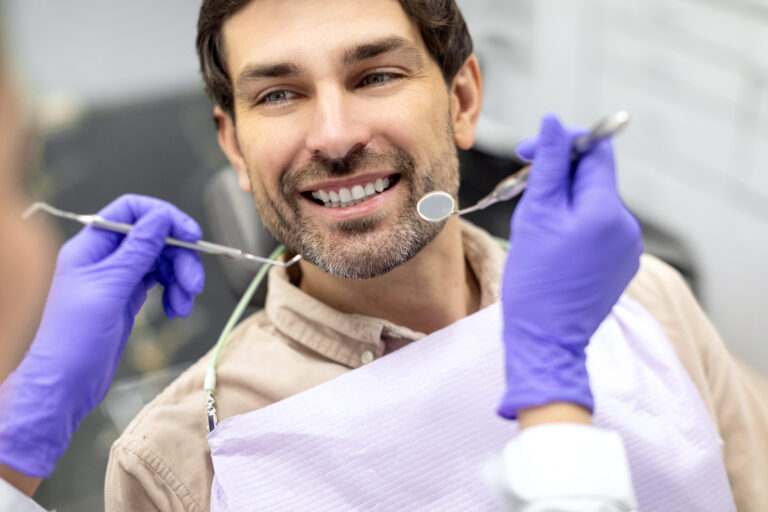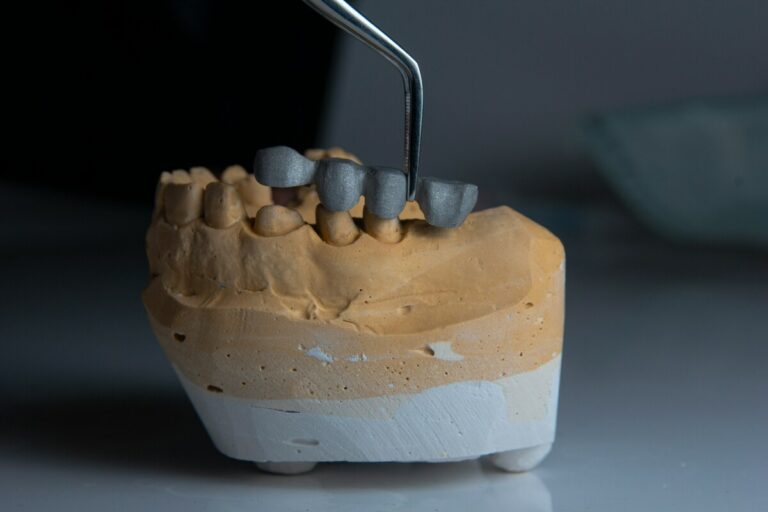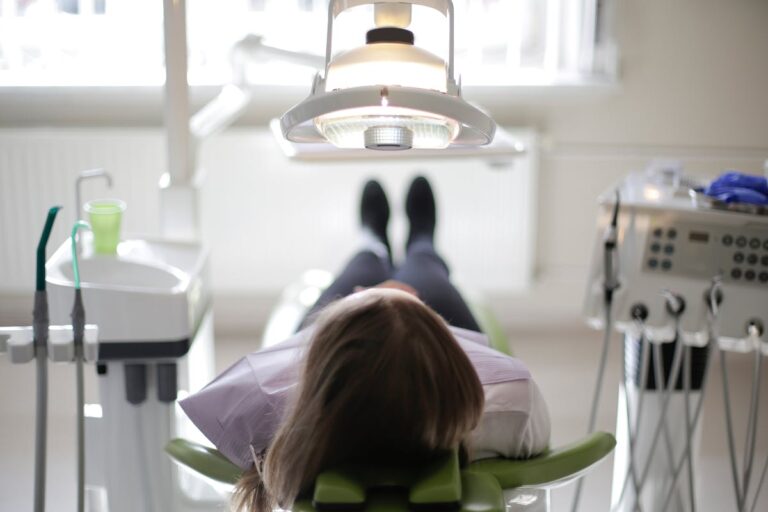Signs You Need a Dental Checkup: Don’t Ignore These 8 Warning Signals
Your mouth is constantly sending you signals about your overall health, but many people ignore these important warning signs until they become serious problems. Regular dental checkups every six months can catch issues early when they’re easier and less expensive to treat. At Dr. Maria Rodriguez’s practice on Staten Island, we see patients every day who could have avoided painful and costly procedures if they had recognized these warning signals sooner.
When you notice persistent symptoms like bleeding gums when brushing teeth, tooth pain that won’t go away, or bad breath that doesn’t improve with regular oral hygiene, it’s time to schedule a dental appointment. These signs often indicate underlying conditions like gum disease, cavities, or infections that require professional attention. Don’t wait until you’re experiencing severe pain – early detection through preventive dental care can save both your teeth and your wallet.
If you’re experiencing any concerning dental symptoms, contact Dr. Rodriguez’s Staten Island practice at (718) 555-0123 to schedule your dental checkup today.
Bleeding or Swollen Gums When Brushing
Healthy gums should never bleed during your normal oral hygiene routine. If you notice blood on your toothbrush or when flossing, this is one of the clearest dental health warning signs that you need professional care. Bleeding gums while flossing or brushing typically indicates gingivitis, the early stages of gum disease that affects over 42% of adults over 30.
When plaque buildup on teeth isn’t removed through regular cleaning, bacteria accumulate along the gumline, causing inflammation and irritation. This gum inflammation initially presents as red, swollen tissue that bleeds easily. Without professional intervention, gingivitis progresses to periodontitis, a more serious condition that can lead to tooth loss and has been linked to heart disease and diabetes complications.
At our Staten Island practice, we recommend scheduling an appointment as soon as you notice consistent bleeding, even if it seems minor. Professional teeth cleaning can remove the bacterial buildup causing inflammation and prevent progression to more serious periodontal disease symptoms.
When Gum Bleeding Signals Emergency Care
While occasional minor bleeding might indicate routine gingivitis, certain symptoms require immediate attention. Contact our emergency dentistry services if you experience heavy bleeding that won’t stop, severe swollen gums and jaw pain, or bleeding accompanied by fever and facial swelling. These symptoms could indicate serious infections requiring urgent treatment.
Persistent Bad Breath That Won’t Improve
Bad breath that doesn’t improve despite good oral hygiene is more than just embarrassing – it’s often a sign of underlying dental problems. While everyone experiences normal morning breath, persistent bad breath throughout the day typically indicates bacterial overgrowth, tooth decay progression, or gum disease.
Bacteria in your mouth produce sulfur compounds that create unpleasant odors. When these bacteria accumulate in deep pockets around your teeth or in areas of decay, regular brushing and mouthwash can’t reach them effectively. This is why professional dental examination is essential for addressing the root causes of chronic halitosis.
Bad Breath vs Normal Morning Breath
Normal morning breath occurs because saliva production decreases during sleep, allowing bacteria to multiply. This typically resolves after brushing and eating. Persistent bad breath, however, continues throughout the day despite good oral hygiene and may be accompanied by a metallic or sour taste. If you notice people stepping back during conversations or family members commenting on your breath, it’s time for a professional evaluation.
Tooth Pain or Temperature Sensitivity
Any persistent tooth pain warrants immediate professional attention. Whether you’re experiencing sharp, shooting pain or a dull, constant ache, these symptoms indicate that something is wrong inside your tooth. Sensitive teeth to hot and cold foods can signal exposed tooth roots, worn enamel, or developing cavities that need professional treatment.
Pain serves as your body’s warning system, and dental pain specifically indicates that bacteria may have reached the inner layers of your tooth. The pulp inside your teeth contains nerves and blood vessels – when this area becomes infected or inflamed, you’ll experience significant discomfort that typically worsens over time without treatment.
Sharp Pain vs Dull Ache
Sharp, stabbing pain when you bite down or touch a specific tooth often indicates a cracked or chipped tooth, deep cavity, or abscess requiring immediate attention. This type of pain rarely resolves on its own and typically worsens without professional intervention.
Dull, constant aching might indicate a developing infection or inflammation that hasn’t reached crisis levels yet. While less urgent than sharp pain, persistent dull aches still require professional evaluation to prevent progression to more serious conditions.
Cold Sensitivity vs Heat Sensitivity
Teeth sensitivity to temperature provides important clues about underlying problems. Cold sensitivity typically indicates worn enamel or exposed tooth roots – uncomfortable but usually manageable with professional fluoride treatment and desensitizing procedures.
Heat sensitivity, however, is more concerning and often signals infection or inflammation inside the tooth. If hot foods or drinks cause lingering pain that lasts more than a few seconds, you may need root canal treatment or other intensive procedures.
How Long Since Your Last Dental Visit?
The American Dental Association recommends dental checkups every six months for most adults, but only about 50% of Americans follow this guideline. If you can’t remember your last dental visit or if it’s been more than a year, you’re overdue for teeth cleaning and examination.
Regular dental visits allow your dentist to catch problems in their early stages when treatment is simpler and less expensive. Patients who skip routine care often end up needing more extensive procedures that cost significantly more than preventive visits.
The Six Month Rule Explained
The six-month interval isn’t arbitrary – it’s based on how quickly plaque and tartar can accumulate and cause damage. Even with excellent home care, professional cleaning is necessary to remove hardened tartar that regular brushing can’t eliminate. Additionally, many dental problems develop slowly and may not cause symptoms until they’re advanced.
High-Risk Factors Requiring More Frequent Visits
Some patients need more frequent checkups based on individual risk factors:
- Diabetes increases infection risk and slows healing
- Smoking dramatically increases gum disease risk
- Pregnancy requires monitoring for pregnancy gingivitis
- Heart disease creates connections between oral and cardiovascular health
- Family history of gum disease or tooth loss
- Previous periodontal treatment requires ongoing maintenance
Dental Checkup vs Cleaning
Many people use “dental checkup” and “cleaning” interchangeably, but these are actually two distinct procedures often performed during the same appointment. Understanding the difference helps you know what to expect and why both components are essential for optimal oral health.
A dental examination focuses on diagnosis and assessment. Your dentist visually inspects all oral tissues, checks for signs of decay, evaluates your bite, and may take dental x-rays to see between teeth and below the gumline. This diagnostic component identifies problems that need treatment and monitors your overall oral health trends.
Professional teeth cleaning, typically performed by a dental hygienist, focuses on removing plaque buildup and tartar that you can’t eliminate at home. This preventive procedure helps maintain healthy gums and prevents the bacterial accumulation that leads to cavities and gum disease.
What Happens During Your Dental Examination
Your dental examination begins with a review of your medical history and any symptoms you’ve experienced. The dentist then performs a comprehensive visual inspection of your teeth, gums, tongue, and other oral tissues, looking for signs of decay, infection, or abnormal changes.
Diagnostic procedures may include checking your bite alignment, measuring gum pocket depths, and taking X-rays to reveal problems not visible during visual inspection. Your dentist also performs oral cancer screening, examining soft tissues for any suspicious areas that warrant further investigation.
Professional Cleaning Process
Professional cleaning starts with scaling to remove hardened tartar from above and below the gumline. The hygienist uses specialized instruments to access areas your toothbrush can’t reach effectively. After scaling, your teeth are polished to remove surface stains and create smooth surfaces that resist bacterial adhesion.
The final step includes fluoride treatment to strengthen enamel and provide additional protection against decay. This comprehensive cleaning process typically takes 30-60 minutes and leaves your mouth feeling noticeably cleaner and fresher.
Cost and Insurance Considerations
The cost of dental checkups varies significantly based on location and specific procedures needed. In the Staten Island area, routine dental checkups with professional cleaning typically range from $150-$300 without insurance. While this might seem expensive, preventive care costs far less than treating advanced problems.
Most dental insurance plans cover 100% of preventive services like routine checkups and cleanings, making regular visits essentially free for insured patients. Even without insurance, the investment in preventive care pays for itself by avoiding more expensive treatments later.
According to the Guardian Life Insurance Company, patients who skip regular preventive care often face treatment costs 3-4 times higher than those who maintain routine visits. Emergency procedures, root canals, and tooth replacement options can cost thousands of dollars compared to the modest cost of regular checkups.
Finding Quality Dental Care in Staten Island
When selecting a dentist, consider factors beyond just cost. Look for practices that accept your insurance, offer convenient scheduling, and have emergency availability. Dr. Rodriguez’s Staten Island practice provides comprehensive preventive and restorative services with flexible payment options for uninsured patients.
Overcoming Dental Anxiety
Dental anxiety affects approximately 40% of adults and is one of the primary reasons people avoid routine care. However, modern dentistry has evolved significantly, with comfort measures and pain management options that make visits much more pleasant than you might expect.
If dental anxiety has kept you away from regular checkups, you’re not alone. Many of our Staten Island patients initially came to us with similar concerns but now maintain regular preventive schedules because they feel comfortable and informed about their treatment.
What to Expect During Your First Visit
Your first appointment focuses primarily on assessment and getting to know your concerns. We’ll review your medical history, discuss any symptoms or anxiety you’re experiencing, and perform a gentle examination to understand your current oral health status.
There’s typically no pressure to undergo extensive treatment during your first visit. Instead, we develop a treatment plan that addresses your most urgent needs first while building your comfort level with dental care. Many patients are surprised by how straightforward and comfortable modern dental examinations have become.
Sedation and Comfort Options
For patients with significant anxiety, we offer various comfort measures including nitrous oxide (laughing gas) for relaxation during procedures. We also provide detailed explanations of each step so you know exactly what to expect, and we encourage questions throughout your visit.
Schedule Your Staten Island Dental Checkup Today
Don’t wait until dental problems become painful emergencies. The warning signs discussed above are your mouth’s way of requesting professional attention before minor issues become major complications. Regular dental checkups every six months, combined with professional teeth cleaning, provide the foundation for lifelong oral health.
Dr. Maria Rodriguez and our experienced team have been serving Staten Island families for over 15 years, providing comprehensive dental care in a comfortable, anxiety-free environment. We accept most insurance plans and offer flexible payment options for uninsured patients. Our modern facility uses the latest diagnostic technology to catch problems early while they’re still easily treatable.
Schedule your dental checkup, or contact us online to learn more about our preventive care services. Your teeth will thank you for taking action today rather than waiting until problems become painful and expensive to treat.
